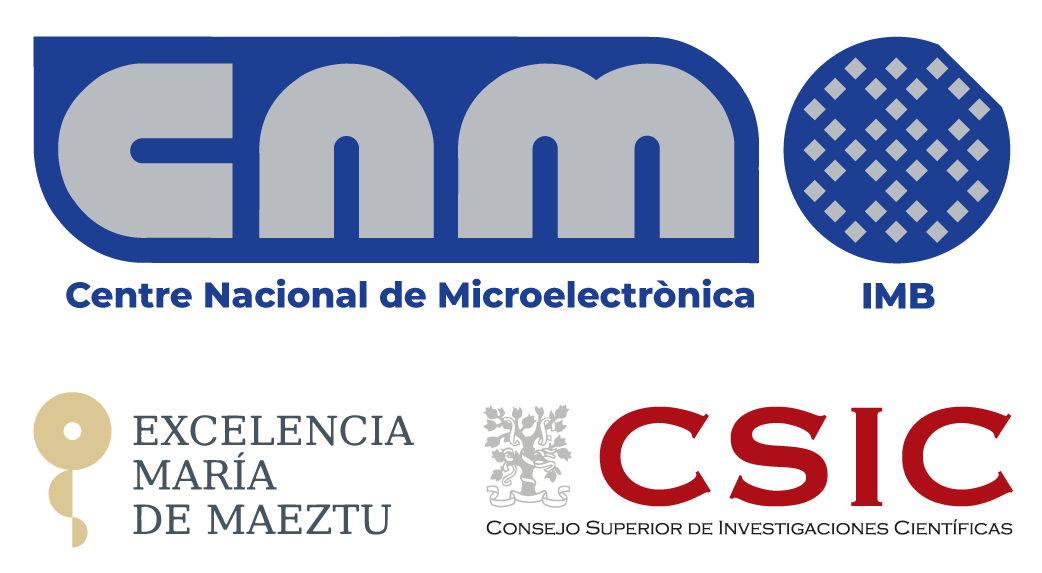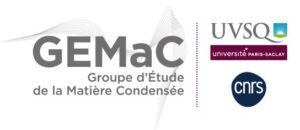Consortium
The SAFEPOWER INTERDISCIPLINARY GROUP
The SAFEPOWER consortium brings together ten partners from five European countries: Spain, Italy, France, Latvia, and the United Kingdom. This collaboration encompasses four universities (SU, UW, UTTOP, POLIMI), three research and innovation institutes (CSIC, CNRS, ISSP), and research and development centres from enterprise (Power Electronics, a global leader in MVDC converters) and small-medium enterprise (CLA, a prominent EU foundry in SiC).
IMB-CNM CSIC / ES
IMB-CNM CSIC - PDS
The Institute of Microelectronics of Barcelona (IMB-CNM-CSIC) serves as the project coordinator and leads WP1, WP5, WP7, and WP8. The researchers involved are members of the Power Devices and Systems research group (PDS). They are experts in the design, manufacturing, and packaging technologies of power devices, with a unique capability in die-level non-invasive electro-thermal characterization, ruggedness and robustness studies, and failure analysis, pioneering research in these areas. Furthermore, PDS excels at exploring novel oxide-based materials for demanding electronic applications, thanks to its extensive knowledge of materials science and solid-state physics. Additionally, it has expertise in designing power semiconductor devices based on WBG and UWBG materials.
Power Electronics / ES
Power Electronics is the leader of WP2 and WP6, and a pilot coordinator. PE stands at the forefront of the global energy storage landscape and is a premier manufacturer of MVDC inverters for photovoltaic plants across America, Oceania, and Europe. Drawing on this extensive experience, PE’s knowledge utilised in SAFEPOWER spans converter design and manufacturing, showcasing expertise in advanced control techniques aimed at enhancing converter reliability and security.
Swansea University/ UK
Swansea University, through the Centre for Integrative Semiconductor Materials (CISM), is the WP4 leader. SU is an expert in the design and manufacturing of power devices, leading pioneering research in these areas. Currently, it is focused on adapting trench technologies for WBG vertical devices, aiming to reduce costs and increase manufacturing sustainability. Within SAFEPOWER, this expertise will primarily be utilised for the design and fabrication of enhanced SiC MOSFETs featuring integrated SBD and DC breaker JFETs, leveraging trench technology. SU will also contribute to the design of Ga₂O₃-based power devices through simulation.
The University of Warwick/ UK
The University of Warwick leads WP3 and serves as one of the project’s pilot coordinators. The researchers participating in this project belong to the Power Electronics Applications and Technology in Energy Research (PEATER) research group. They are experts in C&HM at the die and module levels. Numerous activities will focus on the development of specifically designed circuitry aimed at monitoring junction temperature in modules. UW possesses the capability to study degradation mechanisms at the die level and has proposed pioneering approaches in this regard. In SAFEPOWER, UW will concentrate on developing circuitry to monitor junction temperature using TSEPs in commercial power modules, and it will propose electroluminescence measurements as a means of monitoring junction temperature and device degradation.
Clas-SIC WAFER FAB/ UK
One of the SAFEPOWER pilots Coordinator. CLA is an expert in the fabrication of SiC wafers, integrating processes, innovation, and manufacturing capabilities for SiC devices. His toolset is fully capable of processing 150mm SiC wafers through JBS/MPS diode and MOSFET flows. CLA empowers customers to transition from lab to fab to low/medium production volumes through rapid development and prototyping of new SiC devices.
Université de Technologie Tarbes Occitanie Pyrénées/ FR
The Université de Technologie Tarbes Occitanie Pyrénées, represented by the research laboratory “Laboratoire Génie de Production” (LGP), is one of the coordinators of the SAFEPOWER pilots. LGP is an expert in power systems integration and health monitoring of packaging. The University has access to advanced physical characterisation tools and has collaborated with various enterprises and research institutions through EU and French-funded projects. In SAFEPOWER, LGP will employ an unconventional technique for degradation monitoring, which involves measuring the package impedance spectrum up to the GHz range. This method will be established within the project, and dedicated circuitry is planned.
Centre National de la Recherche Scientifique / FR
Université de Versailles Saint-Quentin en Yvelines/ FR
CNRS is represented by GEMaC – Groupe d’Étude de la Matière Condensée, which is also a part of the Université de Versailles Saint-Quentin en Yvelines. The research activities at GEMaC are based on significant experimental infrastructure dedicated to material elaboration, growth, and characterisation, as well as the investigation of their properties. In SAFEPOWER, GEMaC will participate in TEM inspections to conduct analyses of SiC device manufacturing.
University of Latvia/ LV
Institute of Solid State Physics of the University of Latvia is an expert in thin film deposition, the synthesis of nanomaterials, and the characterisation of a wide variety of inorganic materials for optical and electronic applications. In Europe, the ISSP is one of only two research groups capable of growing NIO heterojunctions on β-Ga₂O₃ substrates. Within SAFEPOWER, the ISSP will primarily focus on growing p-type epitaxies on Ga₂O₃ substrates.
Politecnico di Milano/ IT
POLIMI specializes in developing methods for risk and resilience assessment, reliability and availability analysis, prognostics and health management and maintenance by leveraging all available knowledge, information and data for the reliability, risk and resilience assessment of components, systems and critical infrastructures. Within SAFEPOWER, POLIMI is represented by the Laboratory of Analysis of Systems for the Assessment of Reliability, Risk, and Resilience (LASAR3). It contributes by creating lifetime models through big-data analysis, integrating data- and Physics-of-Failure-driven models for Condition & Health Monitoring, and applying reinforcement learning for optimal limp mode management.









